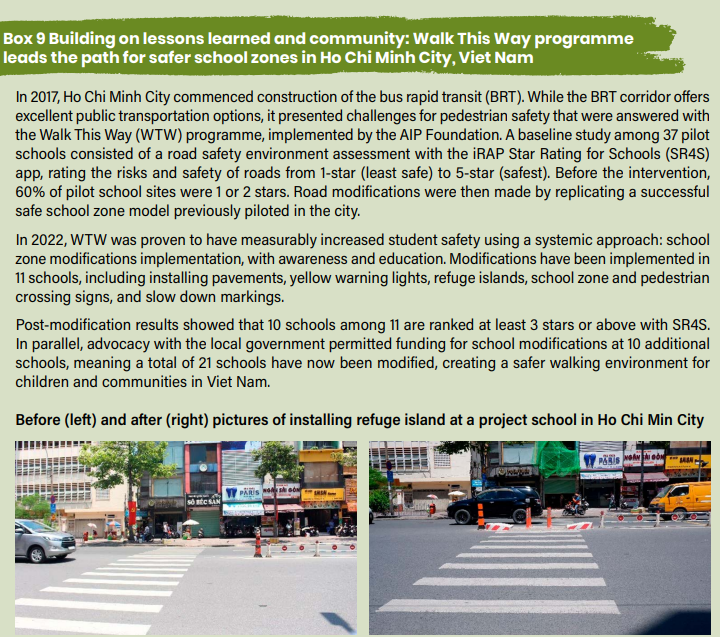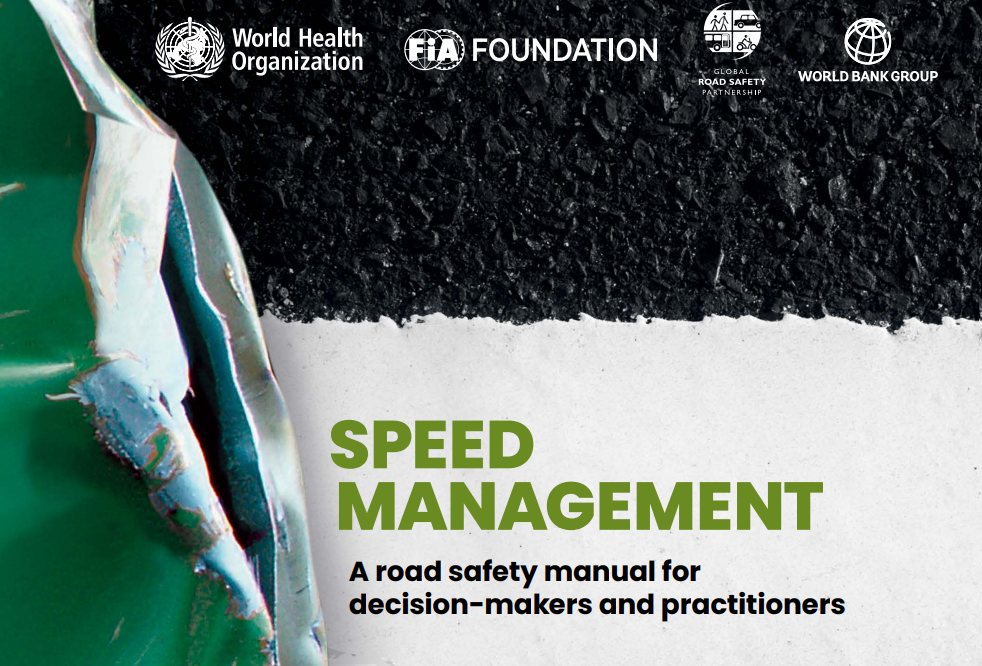The Second Edition of the World Health Organisation (WHO) Speed Management Manual has been released, sharing the link between reduced speeds and safer roads through iRAP partner case studies.
The management of speed remains one of the biggest challenges facing road safety practitioners around the world.
The speed at which a vehicle travels directly influences the risk of a crash as well as the severity of injuries sustained, and the likelihood of death resulting from a crash.
Research shows that a 5% cut in average speed can result in a 20% reduction in the number of fatal road traffic crashes. We also know that when speed goes down, the iRAP Star Rating goes up!
Speed management must be a part of every road design and every review of existing roads.
The Voluntary Global Targets for Road Safety include by 2030, to halve the proportion of vehicles travelling over the posted speed limit, and achieve a reduction in speed-related injuries and fatalities.
Produced as a collaboration of WHO, FIA Foundation, the Global Road Safety Partnership and World Bank, the Speed Management Manual is a valuable good practice guide for decision-makers and practitioners to support achievement of the Targets.
It shares the role of speed management in the Safe System approach, evidence-based interventions and recommendations for implementation, the challenges and opportunities for implementing interventions, and how to evaluate progress and utilise results to empower action.
As well as referencing the Road Safety Toolkit, the manual shares iRAP partner case studies as examples of successful interventions managing speed to improve road infrastructure safety.
Thailand’s Speed Variation Analysis is featured:

It also shares the highly successful Walk this Way Program in Vietnam leading the path for safer school zones in Ho Chi Minh City:

To download the new 2nd Edition of the Speed Management Manual, click here.
For more information on the relationship between speed and iRAP Star Ratings for road infrastructure risk, click here.


















